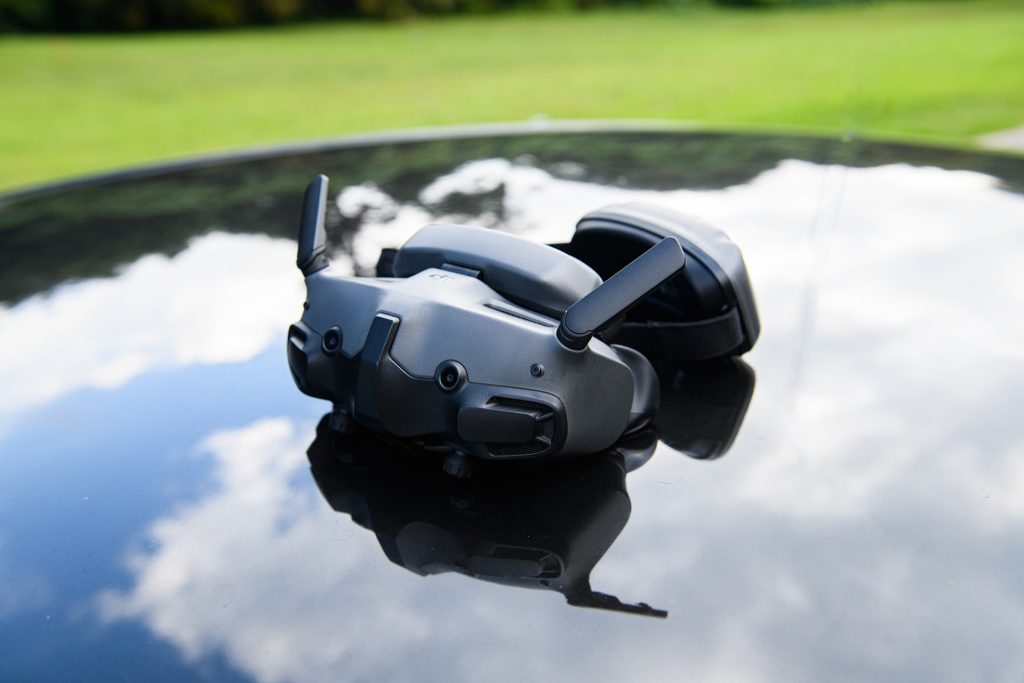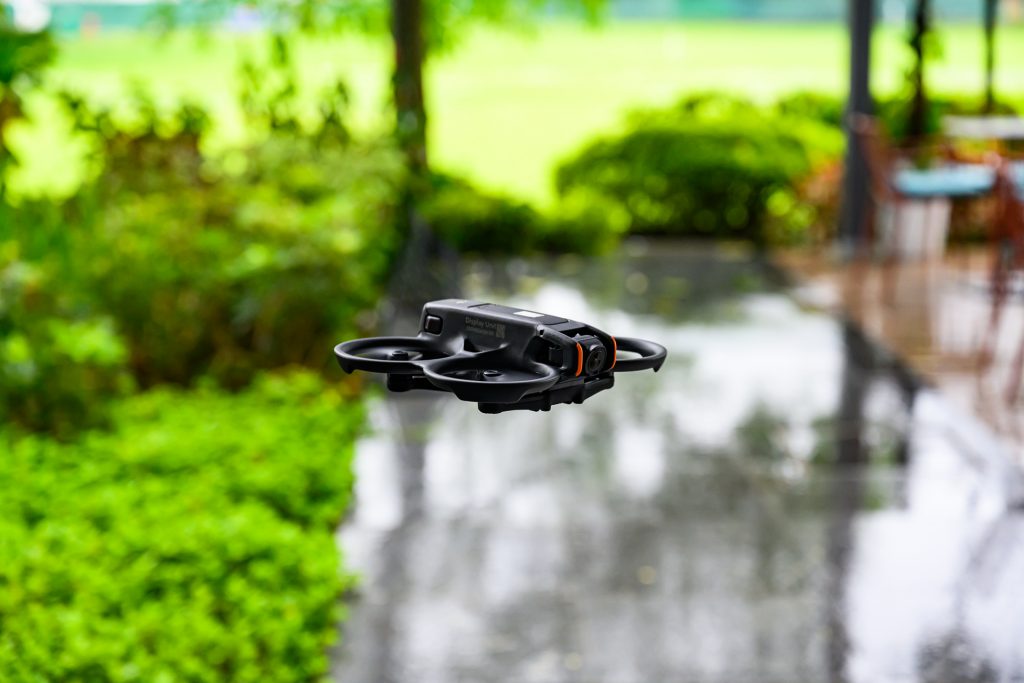If you ever wanted to dip your toes into the world of FPV drone videography, the DJI Avata 2 proves to be a fantastic option.
Back in early 2021, DJI took its first step into the world of FPV (first-person-view) flight. For many, this was a dream come true, especially since traditional FPV rigs lacked convenient features like Auto Return-To-Home or video recording functionality.
However, the excitement was somewhat dampened by the drone’s bulky size and fragile build. Crash it, and you were likely looking at a costly repair or even a replacement.
Listening to their customers, DJI rolled out their first cinewhoop-style drone just a year later – the Avata. This nifty little machine was about the size of DJI’s sub-250g Mini series and much closer to a typical FPV build.

And now, we have the DJI Avata 2. DJI has continued its tradition of making each successor sleeker and more aerodynamic, while also enhancing the camera quality. This latest release is no exception. They’ve even added Easy ACRO modes, mimicking popular freestyle tricks like flips and rolls, to entice a broader audience.
design and build.

The Avata 2 is longer, leaner, and lighter than its predecessor. It boasts a superior camera and a slightly extended wheelbase, making it wider and longer at 185×212×64 mm compared to the original Avata’s 180×180×80 mm.
Remarkably, it trims roughly 33g off the overall weight. DJI’s trend of making each model sleeker and more aerodynamic is clearly evident here.
Both Avata models are larger than a typical DIY cinewhoop, which usually ranges from 3 to 5 inches in diameter.

Sitting lower to the ground at takeoff, the Avata 2 feels more balanced. Unlike the original model, which tended to tilt forward slightly during flight, the Avata 2 maintains a stable centre of gravity. During testing, regardless of speed or manoeuvres, the prop guards never entered the frame, which is a major improvement.
The Avata 2 offers three modes: Normal, Sport, and Manual. In Normal mode, it can reach speeds of about 28km/h, while Sport mode doubles that to 58km/h. In Manual mode, it can soar up to 96km/h.
Even though the original DJI FPV struggled with collisions, the Avata 2 is better equipped to handle crashes, though you might still damage the frame at top speeds.
video capabilities.

The Avata 2 features a larger Type 1/1.3 12MP sensor compared to the Type 1/1.7 on the original Avata. It comes with a fixed F2.8 aperture, a 155º FOV, and is mounted on a 1-axis gimbal.
Still images are available only as JPEG files, and Single Shot is the only mode. While FPV drones aren’t typically used for photography, the Avata 2’s video capabilities are impressive.
It can capture video at resolutions up to 4K/60p HDR and 2.7K/120p for slow motion, with a bit rate of 130 Mbps. DJI’s 10-bit D-Log M color mode is also available for increased post-production flexibility.
For those not inclined to master Manual mode, DJI’s Easy ACRO features offer a simplified way to perform tricks like flips and rolls with the push of a button.
Goggles 3 and Motion Controller.

To operate the Avata 2, you need DJI’s Goggles 3. These connect to the Fly app on your smartphone via USB-C and require an update to the FlySafe database and firmware before takeoff. The Goggles 3, with its built-in cooling fan and Anti-fog feature, offers a comfortable user experience.
Weighing 470g and measuring 170×109×112 mm, the Goggles 3 comes with a new forehead pad to alleviate pressure around your eyes and nose. The integrated battery pack means no more dangling battery, providing about 3 hours of uptime. A USB-C port allows for an external USB power bank if needed.

The Motion Controller 3, smaller and lighter, offers intuitive control with the flick of a wrist. Despite its peculiar placement of the record button, it boasts up to 10 hours of battery life on a full charge.
take flight.

For a truly immersive experience, budget for the FPV Remote Controller 3, as the Motion Controller 3 does not support Manual mode. The Avata 2 defaults to Beginner Mode on its first flight, limiting range and speed, before you can switch to Normal or Sport Mode.
Operating the Avata 2 is a breeze. Using the prominent orange “Emergency Brake and Hover” button on the Motion Controller to launch or land, I navigated through settings with ease.
The footage captured with RockSteady EIS activated was stable, with no shaky parts. The side menu allowed for adjustments in frame rate, camera settings, and activating features like Easy ACRO.
closing thoughts.

A beginner FPV kit can start at a few hundred dollars, but for those serious about FPV flight, the DJI Avata 2 (especially in the Fly More Combo) offers substantial value.
If you already own the original Avata, and you do use your drone quite frequently, it may also be worth the upgrade. The added battery flight time is enough to convince you to switch over, since you’ll be able to be in the air for longer stretches of time.
Those who wish to shoot more cinematic pieces may go for the DJI MINI 4 Pro instead. But, if you want to have a bit of fun and capture some unique angles, the Avata 2 is right up your alley.
While some may criticize DJI’s emphasis on specs, the Avata 2’s overall improvements, including better wind resistance and enhanced camera quality, make it a worthy upgrade.
It’s a drone that allows you to have tons of fun and record precious memories, without breaking the bank. Kudos DJI.
Liked this? Check out more articles on Futr tech here.






